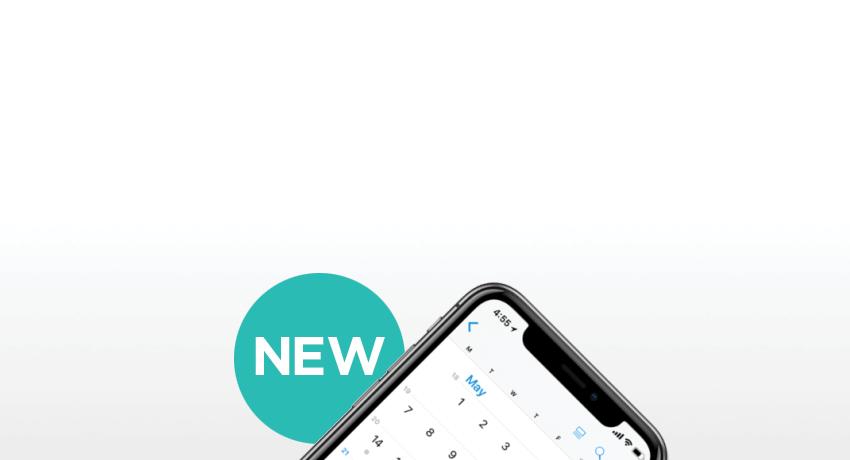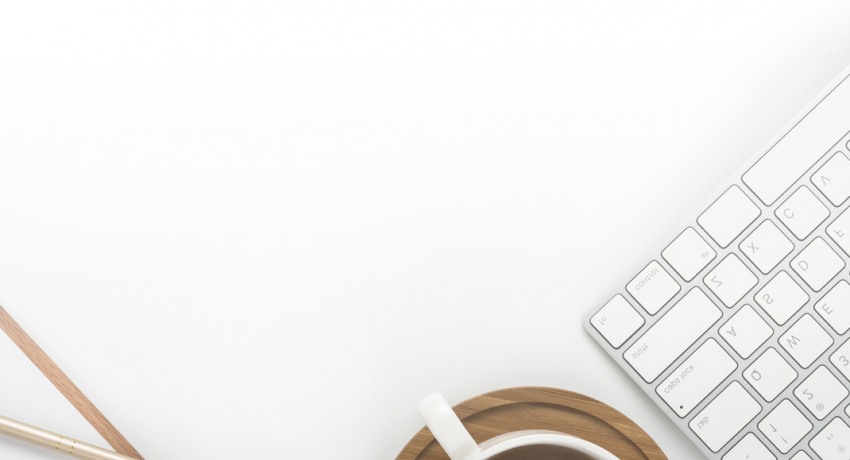Small pouches in the walls of the digestive tract that can become inflamed or infected
Key Points:
- Diverticulosis occurs when small pouches, called diverticula, bulge outward through weak spots in the colon (large intestine).
- The pouches are believed to form when pressure inside the colon builds, maybe because of constipation.
- The main cause of diverticulosis may be a low-fiber diet because it increases constipation and pressure inside the colon.
- Most people with diverticulosis never have any discomfort or symptoms.
- Diverticulitis occurs when the pouches get infected or inflamed. This causes pain and tenderness most frequently on the left side of the abdomen, but may occur in other areas.
- For most people with diverticulosis, eating a high-fiber diet is the only treatment needed.
- You can increase your fiber intake by eating these foods: whole grain breads, cereals, and other products; fruit such as berries, apples, and peaches; and vegetables such as broccoli, cabbage, spinach, carrots, asparagus, and squash, and beans.
What is diverticulosis?
Many people have small pouches that bulge outward through weak spots in their colon, like an inner tube that pokes through weak places in a tire. Each pouch is called a diverticula. The condition of having diverticula is called diverticulosis. About half of all Americans age 60 to 80, and almost everyone over age 80, has diverticulosis.
What are the symptoms of diverticulosis and diverticulitis?
Most people with diverticulosis do not have any discomfort or symptoms. However, symptoms may include mild cramps, bloating, and constipation. Other diseases such as irritable bowel syndrome (IBS) and stomach ulcers cause similar problems, so these symptoms do not always mean a person has diverticulosis. You should visit your doctor if you have these troubling symptoms.
When the pouches become infected or inflamed, the condition is called diverticulitis. Doctors are not certain what causes the infection. It may begin when stool or bacteria are caught in the diverticula. An attack of diverticulitis can develop suddenly and without warning. The most common symptom of diverticulitis is abdominal pain. Fever, nausea, vomiting, chills, cramping, and constipation may occur as well. Diverticulosis and diverticulitis are also called diverticular disease.
What causes diverticular disease?
The cause of diverticulosis is unknown but is thought to occur from very strong contractions of the colon muscles, which then cause the bulges at weak spots. Diverticular disease is common in developed or industrialized countries--particularly the United States, England, and Australia--where low-fiber diets are common. The disease is rare in countries of Asia and Africa, where people eat high-fiber vegetable diets. Fiber is the part of fruits, vegetables, and grains that the body cannot digest. Some fiber dissolves easily in water (soluble fiber). It takes on a soft, jelly-like texture in the intestines. Some fiber passes almost unchanged through the intestines (insoluble fiber). Both kinds of fiber help make stools soft and easy to pass.
Fiber also prevents constipation. Constipation makes the muscles strain to move stool that is too hard. It is the main cause of increased pressure in the colon. The excess pressure may cause the weak spots in the colon to bulge out and become diverticula.
What are the complications of diverticulosis and diverticulitis?
Rarely, complications such as infections, perforations or tears, blockages, or bleeding may occur as a result of diverticulosis. These complications often require treatment. Bleeding is a rare complication. Blood may appear in the toilet or in your stool. Bleeding can be severe; it may stop by itself and not require treatment. Bleeding diverticula are caused by a small blood vessel in a diverticulum that weakens and finally bursts. If you have bleeding from the rectum, you should see your doctor. If the bleeding does not stop, surgery may be necessary.
Perforation, abscess, and peritonitis are also potential serious complications of diverticulitis. Infection that spreads throughout the abdominal cavity is called peritonitis. This is a very rare complication, but can occur if a diverticulum ruptures. If a rupture is contained, a localized infection (abscess) may occur. Peritonitis requires immediate surgery to clean the abdominal cavity and remove the damaged part of the colon. Without surgery, peritonitis can be fatal.
What is the treatment for diverticular disease?
Increasing the amount of fiber in the diet may reduce symptoms of diverticulosis and prevent complications such as diverticulitis. Fiber keeps stool soft and lowers pressure inside the colon so that bowel contents can move through easily. The American Dietetic Association recommends 20 to 35 grams of fiber each day. The doctor may recommend g a fiber product such as Citrucel® or Metamucil® once a day. These products are mixed with water and provide about 4 to 6 grams of fiber for an 8-ounce glass.
Until recently, many doctors suggested avoiding foods with small seeds such as tomatoes or strawberries because they believed that particles could lodge in the diverticula and cause inflammation. However, this is now a controversial point and no evidence supports this recommendation. It is certainly advisable to avoid particular foods that cause symptoms.
If cramps, bloating, and constipation are problems, the doctor may prescribe a short course of pain medication. However, many pain medications affect emptying of the colon -- an undesirable side effect for people with diverticulosis.
Treatment for diverticulitis focuses on clearing up the infection and inflammation, resting the colon, and preventing or minimizing complications. An acute attack with severe pain or severe infection may require a hospital stay, bed rest, a restricted diet, and antibiotics given into a vein. In some cases, however, surgery may be necessary.


